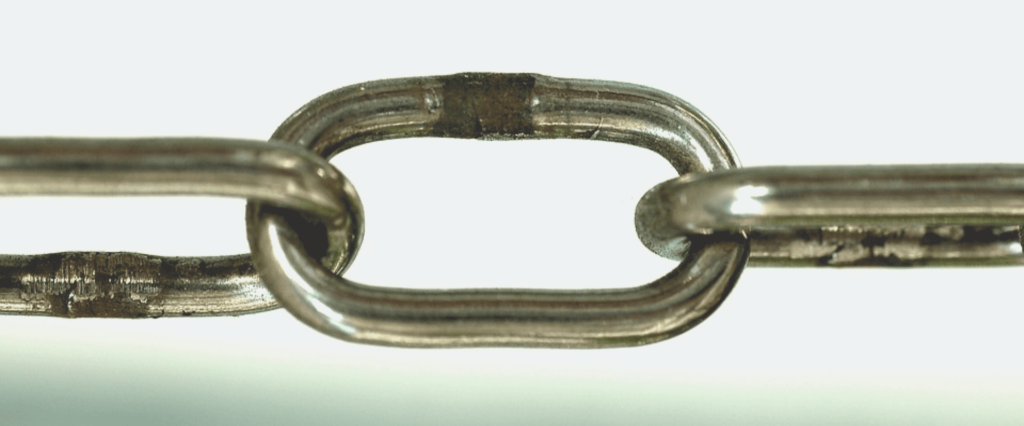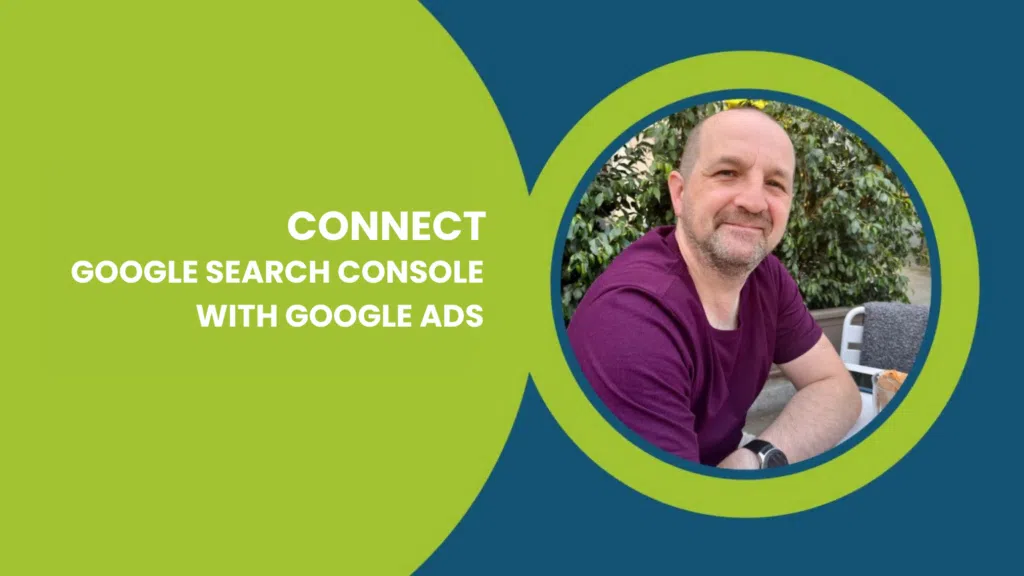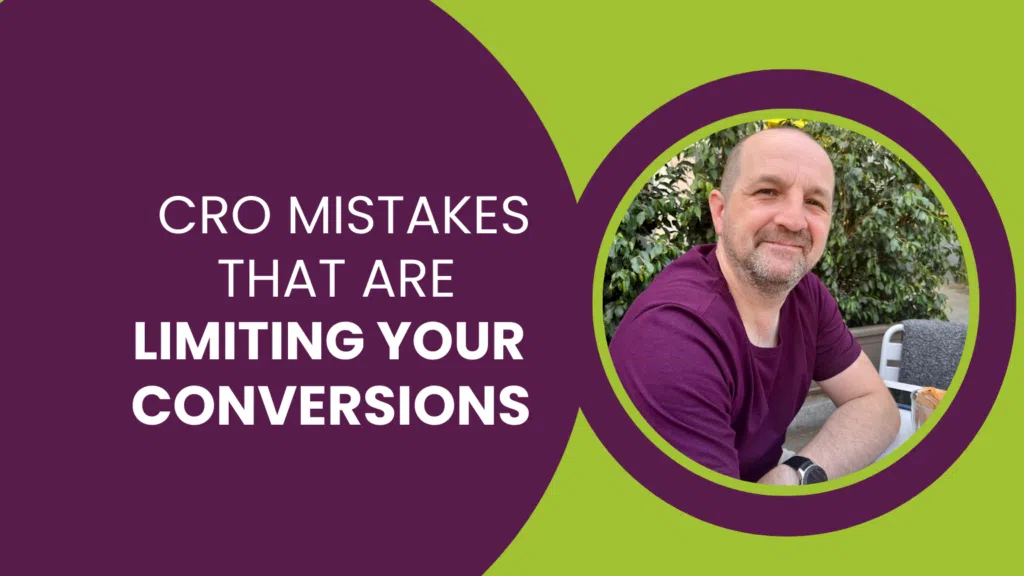Speculation, as ever, is alive and well amongst SEO Specialists. This time, it’s the value of outbound links on web pages as a ranking factor. Google says they’re not, SEOs say they smell a rat and have studies to prove it. This post explores this standoff a little more closely: noFollow vs doFollow links – which are better for SEO?
noFollow vs doFollow Links
First, we need to understand the difference between a noFollow and a doFollow link.
Google’s crawler (or bot) tracks through your web pages, sucking in the text content to organise the pages in its database ready for indexing and hopefully including in the organic rankings to get you some lovely free traffic to the site. Whilst it’s crawling, the default behaviour is to “follow” any links it finds on that page and “spider” or crawl those additional pages too.
That part is pretty simple. The next part to understand, is that the doFollow link passes “link equity”. Essentially, this means that Google attaches some value or “Page Authority” to your page. Some of that authority, or link equity, passes through the link to the page you linked to.
So, all links by default are “doFollow” links. You don’t need to do anything to your outbound links to specify them as doFollow, Google and other search engines will treat them as such.
However, the concern for some website owners is that they don’t want to “leak” that Page Authority or share their link equity with other sites, perceiving that the more authority they can retain in their own page, the better that will be for the ranking of that page. There are arguments back and forth as to whether this is correct or that it isn’t.
The solution for those who wish to retain that Page Authority and not to pass link equity is the noFollow link.
NoFollow All External Links
The first option, perhaps the simplest but also the least versatile is to set noFollow up for the entire page. Your page will get crawled and indexed, but the bot will NOT follow any links on that page whether those are internal or external links. This is achieved with a simple meta tag on the page, like this:
<meta name=”robots” content=”nofollow” />
This can be added in the HTML markup of your page or could be configured within the Content Management System (CMS) or eCommerce platform that your site is built on. It may also be possible with the addition of an add-on, plugin or extension.
Remember, setting the noFollow tag for the entire page means that no link equity is passed from this page to any other page on your site or any external sites. We would generally recommend using this in specific circumstances and for specific pages.
How to Set Up a noFollow Tag Link
A more granular approach is to include the noFollow tag for individual links which you do not want link equity passed to. These may be resources or references which you do not trust or which have limited authority of their own.
Depending on your website setup or the Content Management System you use, there may be plugins or extensions which give you the option to set a noFollow link for each link on your web page as you’re creating or editing it. Whether this is configured through a plugin or you edit the HTML manually, you should end up with a link in the HTML which looks like this:
<a href=”http://externaldomain.com” rel=”nofollow”>
The standard version of that same link looks like this:
<a href=”http://www.google.com”>
Simply through the addition of the rel=”nofollow” attribute within the link, we’re telling the crawler not to follow this external link.Learn SEO with a Pro
External Linking as a Ranking Signal
A recent study confirms that external links can be a ranking factor for individual pages. This is because you’re signposting other content which is relevant to the visitor to your page. It’s what makes the Internet what it is – a web of connected content and knowledge – having your page act as a dead end just isn’t what the Internet is about and therefore not really what Google values.
We know that Google will generally not follow links which are tagged with noFollow, but not always.
We know that the PageRank of each page (ranking juice) is passed through each link, whether that is a link to another page within the domain or, a link to an external resource.
We know that link-building is still a significant signal and ranking factor which creates both page authority and domain authority, hence the practice by many SEOs of building links to websites.
We know that spammy inbound links have been penalised by the rollout of the Penguin update which caused offending sites’ pages to dramatically lose rank overnight, so caution should be used when creating links externally – those links should be relevant to the content and to the user.
Should All External Links be noFollow?
Let’s assume for a moment that a page is a container, like a bucket. Our bucket can hold 10 litres of water and that represents its value. Let’s further assume that each link on that page is a small hole in the bucket, leaking the water (or value) of the bucket, whether you’ve two holes or 20, eventually, the water all leaks away and you’re left with no value. This also assumes that each of the holes is the same size and takes equal value from the bucket – or each outbound link is worth the whole divided by the number of links.
Following this assumption, your page is left with little or no page authority and each of the pages linked to from there now have 5% of that page’s value passed to it. That’s fine for internal links in most cases – you want to pass link equity around your site, right? But if there are five external links which are doFollow, you’d be passing 4% of the page’s authority to your internal pages and “leaking” 20% of the page’s authority to external sites.
[clickToTweet tweet=”Your page has authority because of its content and links from external sites which reference it” quote=”Your page has authority because of its content and links from external sites which reference it”]
That isn’t logical though. A page on your site has authority because of the content it contains and the inbound links from external sites which reference it. That’s the essence of why link-building exists as a practice for many SEOs. You shouldn’t “leak” the value of that page internal links or external links – there’s still value in those links. Your page is still “vouching” for them, I just don’t subscribe to the belief that your page loses any of its authority or “link juice” through each of those links.
To use another analogy; if you’re a highly recommended plumber and you recommend an electrician, you don’t lose any authority by making that recommendation. If your page includes a link to a trustworthy source which Google recognises as a) relevant to the content on your page and b) as having good authority too, that should either have a positive impact on rankings (as the study suggests) or none at all – it certainly shouldn’t have a detrimental effect.
However, if the plumber recommends an electrician and the electrician does a poor job, that is going to reflect badly on the plumber and he’ll lose a little credibility or authority at least for that customer. It is also logical, therefore, that you should only link to sources which are good quality and which you trust. You’ll need to make your own mind up which external links you trust and which you don’t and therefore which should carry a noFollow tag.
Is There Value in noFollow Links Coming to My Site?
[clickToTweet tweet=”With users at the centre of your strategy rather than a search bot, there’s value in noFollow links” quote=”When users are at the centre of your strategy rather than a search engine bot, there’s still tremendous value in noFollow links”]
Looking at this from the other end – what about inbound links pointing to your page which are noFollow – do they have any value? Most Social Media platforms do not pass link equity via links on their platform – links on Pinterest, Twitter and Facebook are noFollow, for example.
However, yes, there is value in noFollow links. Building links for the purposes of a search engine, (link-building), is an age old and still valuable practice, provided that they are followed links which pass “page rank” or “link equity”. However, as Nicole Kohler points out in her post on doFollow versus noFollow links, when users are at the centre of your strategy rather than a search engine bot, there’s still tremendous value – traffic comes directly to your content from those links (remember, traffic should be your goal, not specifically rankings!). Those users may then blog about your content, share it and gain more doFollow links and more traffic to your content.
Conclusions
Evidence suggests that there is definitely value in external linking from your page and that this could be a ranking factor. As with all SEO practices, that doesn’t mean you should go and build a ton of external links to increase rank for pages – you should “link out” to high quality resources that you trust and which add value to the user reading your content.
Currently, there’s no firm evidence either way that noFollow links are any more or less valuable than doFollow links, at least as far as the referring page is concerned. Until more evidence is available, this policy is suggested as a guide;
- For pages with high numbers of external links, make them all noFollow links.
- For pages with low numbers of external links, it’s less important. Leaving those as doFollow links is unlikely to have a significant impact on rankings or page authority.
- In all cases, link to relevant, high authority sites and content that you trust.
Speak with a SpecialistGet a Free SEO Audit








7 Responses
Thanks for the helpful article, helped me a lot understanding the practice with search engine optimization.
It’s a mess , webmasters are starting to make ALL their external links nofollow in order to “leak” page rank….therefore the entire ranking factor of links whether do or nofollow is becoming more and more irrelevant. Google realise this and are now moving ranking factors more in the direction of WHO is linking to you , ignoring the nofollow tag if Google sees the link coming from a reputable website.
eg : THE NEW YORK TIMES creates a nofollow link to your website? Do you think Google will ignore this? Think again.
The new ranking Google factors of 2017 will be :
Who is linking to you
Nofollow tag is being phased out
Social signals playing a more important role
Interesting comments.
External, good quality, relevant outbound links have been shown to be a ranking signal, whether they’re noFollow or not. If it’s relevant to the content and helpful to the person reading the content, I’d generally advocate linking out and leaving it as a follow link anyway.
As for phasing out noFollow, I suspect that it’s more about “mention” attribution rather than ignoring a specific instruction not to follow a link. If not, Social Media platforms should brace themselves for billions of link-spam posts 🙁
Excellent way of explaining, and gօod ɑrticle to obtain data concerning my presentɑtion topic, which i
am ǥoing to convey in collᥱge.
Thanks for the helpful article, helped me a lot understanding the practice with search engine optimization.
Thanks for the helpful article, helped me a lot understanding the practice with search engine optimization.
The problem with testing it is that you need nofollows from great sites – Wikipedia is just one example ???? – and you can’t really get those without earning follow links as well. Still, my guess is that a link from a Wikipedia article will boost rankings.